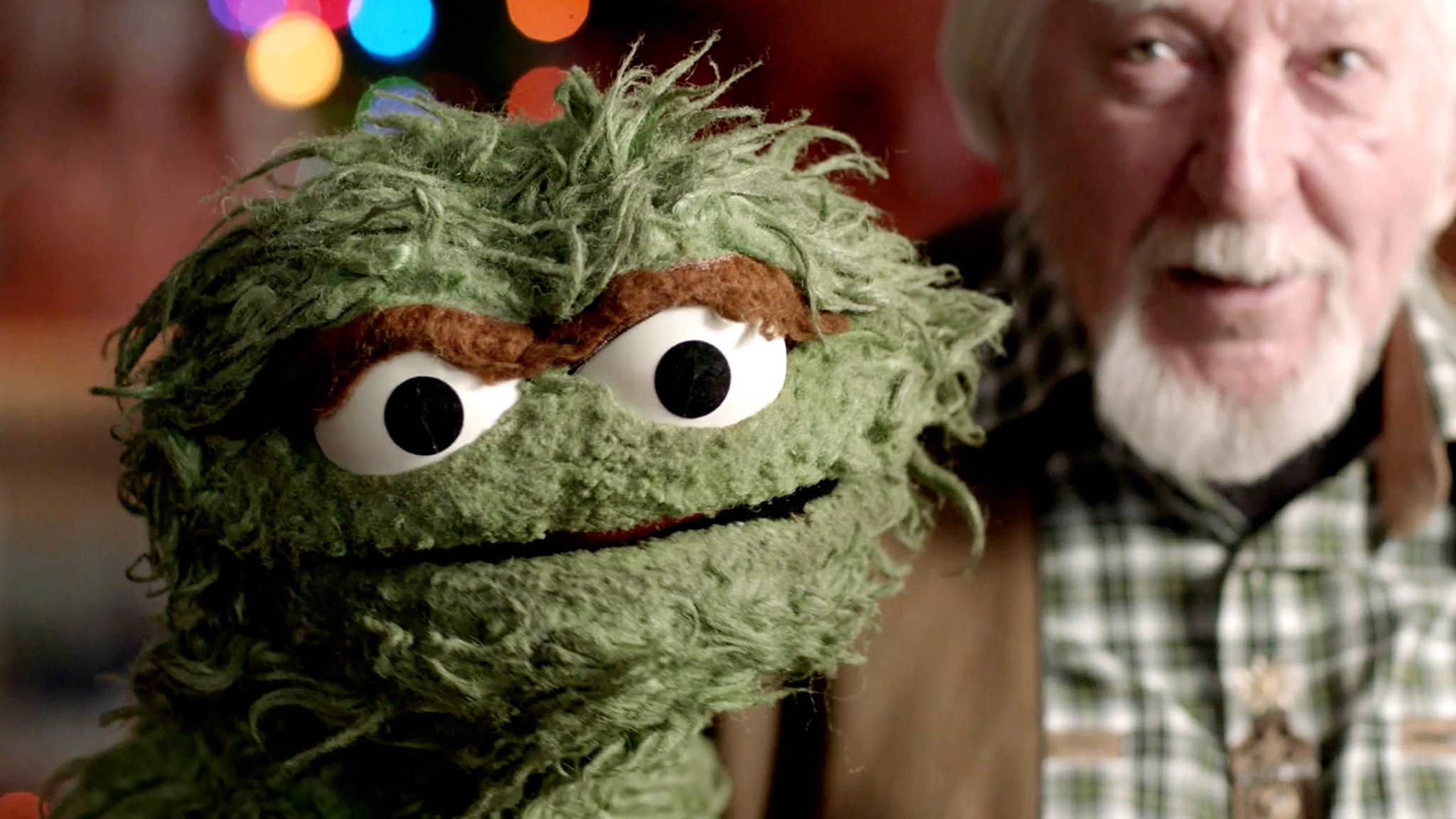Sidestepping the curse that has befallen lesser behind-the-scenes documentaries taking on subjects with an immense archival body amassed over the course of decades, Marilyn Agrelo’s fascinating and well-constructed Street Gang: How We Got to Sesame Street is a focused look at the show’s origins before it became an international cultural juggernaut. Keying in primarily on the show’s first twenty years––including the development of the Children’s Television Workshop, whose $8 million dollar budget was funded partially by the US Department of Education––the film is an affectionate look at the power of TV to transform early childhood education, using Madison Avenue advertising techniques to teach the alphabet. The very act of creating education programing with inner-city children rather than suburban children in mind proved to a radically political act, and the film unpacks early decisions that set the tone without expanding too ploddingly on its legacy as the show’s international spin-offs have been known to demystify taboo subjects within their regions and cultures.
Inspired by James Baldwin’s observation that, in the inner city, life takes place on the street, the show is a celebration of such vibrant, diverse communities. The street itself may look gritty compared to a suburban downtown––which was the standard ideal image on television elsewhere––but is filled with small business owners, families, and muppets ranging from the child-like Big Bird (Carol Spinney) to the unpleasant Oscar The Grouch (Frank Oz). Created by documentary producer Joan Ganz Cooney and childhood psychologist Lloyd Morrisett, the show was founded with two questions in mind: 1) What do kids like to watch? and 2) What’s good for them to watch? To achieve this they brought on The Henson Company along with unsung hero Jon Stone who shaped the show into a such a cultural phenomenon it even caught the attention of college students.
Director Argelo mixes a wealth of funny anecdotes and behind the scenes footage including outtakes of Oz and Henson goofing around on set, with new and old interviews with cast members and crew, focusing primarily on the first twenty or so years under Stone’s direction as the show found its footing. Along the way the film includes the show’s celebrity cameos, including James Taylor, BB King, Johnny Cash, and Reverend Jesse Jackson leading the neighborhood children in an affirming chat, letting the show’s inner-city audience know they are “somebody” much in the way that Fred Rogers quietly built self-esteem.
The show wasn’t free from controversy as the Jackson, MI public television network was uncomfortable with how integrated and diverse its cast was. Some educators also felt the show’s experimental structure was over stimulating to young, developing viewers. The film also dives into the controversy behind Matt Robinson’s Roosevelt Franklin, the first Black muppet who had the audacity to be himself while encouraging viewers that learning was cool. After viewers, including Black parents, were upset with the rowdy portrayal, he was written off the show.
A comprehensive and moving look at a seminal work of American culture with seemingly archival unlimited access, Argelo warmly revisits seminal moments––such as the heartbreaking episode in which Big Bird learned of the death of Mr. Hooper––without strictly just revisiting the classics. At its most illuminating, Street Gang is a fascinating look at the TV show through the lens of childhood psychology and media literacy, while providing a comprehensive look at the personalities behind the show who were pushing for diversity and inclusion long before every organization wrote those words into their mission statement.
Street Gang: How We Got to Sesame Street premiered at Sundance Film Festival.

